Simulator of the nervous system. Part 1. Simple adder
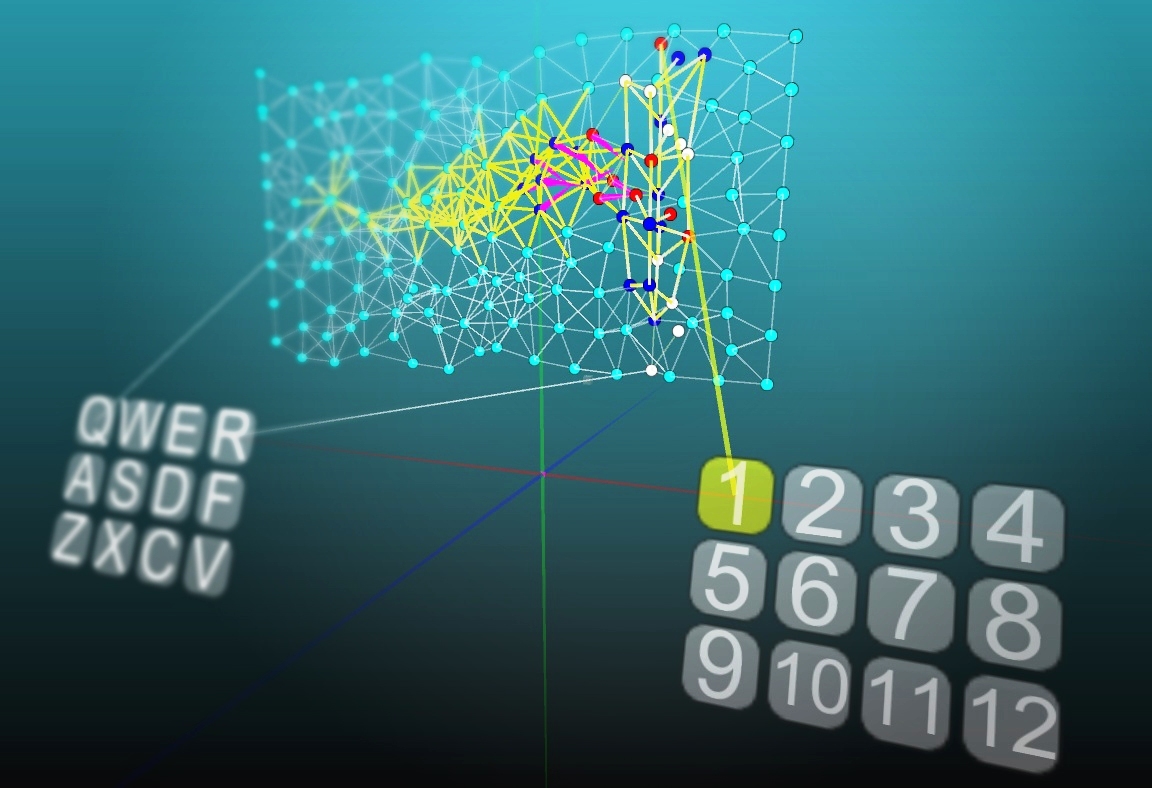
Hello, Geektimes! I want to share my work on the creation of a system that allows to model the reflex and cognitive processes in the nervous system.
Partially the system is embodied in a simple program created on the Unity3D game engine. It is a kind of a nervous system simulator, thanks to which it is possible to imitate not only simple reflexes, but also to demonstrate various phenomena in the nervous system, such as addiction, sensitization and the formation of conditioned reflexes. It is also possible to emulate temporary and long-term memory and its consolidation, emotions and emotional behavior. And as simple emotions, for example, hunger and satiety, and more complex, such as curiosity, fear or affection. Thanks to the system, we will have the opportunity to understand the purpose of various areas of the brain, how the recognition of visual images takes place, how the training and emotional evaluation of what is happening.
I plan to talk about all this in a series of articles and videos. The first three articles are devoted to the basics, in which I will talk about the main components of the system - neuroelements.
')
The main elements of the system are neuroelements. I deliberately avoid the name “neuron” because a neuroelement does not always symbolize a biological neuron, but may in some cases be an analogue of a certain part of a biological neuron, and in some cases a group of neurons. But the basis for the neuroelement is, of course, a biological neuron.
The system can be divided into three basic types of neuroelements: a simple adder, a modulated neuroelement, and an associative neuroelement. Neuroelements are divided by complexity, each next neuroelement has an additional series of properties. This separation allows us to better understand the principles of the system and in simple examples to use simpler neuroelements.
The simplest neuroelement in the system is a simple adder. This is an element that can have inputs and outputs. Moreover, there are several types of connections in the system, firstly, these are signals from receptors, there is a block of receptor buttons that work in real time. Secondly, neuroelements are interconnected through synapses.

There are three types of synapses: direct action synapses (ionotropic), modulating action synapses (metabotropic) and contact synapses (efaps). All these types of synapses have analogues in the biological nervous system.
Synapses of direct action (a) are characterized by their strength (F), which is represented in the system as a real number. The sign of this number indicates which synapse has an inhibitory or stimulating effect.
All signals are processed in real time, and can enter the neuroelement independently of each other, as it happens in a biological neuron. First of all, the signals of direct action synapses enter the adder (b).
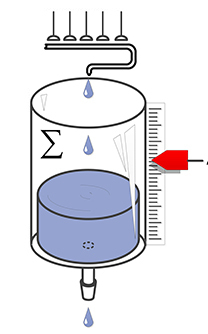
The adder can be represented as follows; it is similar to a vessel in which all portions of the mediator are collected. But when a neurotransmitter is released into the synaptic cleft in the biological nervous system, it is continuously wasted. The neurotransmitter in the synaptic cleft is destroyed by a special enzyme, it can be absorbed back by the synapse or go beyond the synaptic cleft. Therefore, in our vessel there is a hole, due to which a constant decrease in the total mass of the neurotransmitter (c) occurs. Parameter D characterizes the rate of reduction of the module total amount.
If the total mass of the neurotransmitter exceeds a certain threshold (g), then the neuroelement activates, but if the neurotransmitter portions are less than the threshold, then over time its level may drop to zero and no activation will occur.
For direct action synapses, there are two types of neurotransmitters: stimulant and inhibitory. In the system, this is determined by the sign of the synapse strength. And the action of synapses of different sign is mutually neutralized. The total amount may be negative, then it will increase to zero at a set rate.
When a neuroelement is activated, it enters a state of activity in which it stops responding to external signals and after a certain time delay activates all its outgoing synapses. Further, like a biological neuron, in the neuroelement there is a time delay for recovery, during this period of time the neuroelement does not respond to external stimuli.
Contact synapses (h) activate a neuroelement if it is not in an active state or in a recovery period. We can say that the signal from contact synapses activates the neuroelement, if it is possible at the moment, otherwise it is ignored.
Let's look at how neuroelements work on the example of the simplest reflex: the knee reflex. The knee jerk consists of only three neurons, the receptor neuron receives a signal from the tendon receptors, then transmits a signal to the inserted neuron, and then the motor neuron transmits a signal to the extensor muscle.
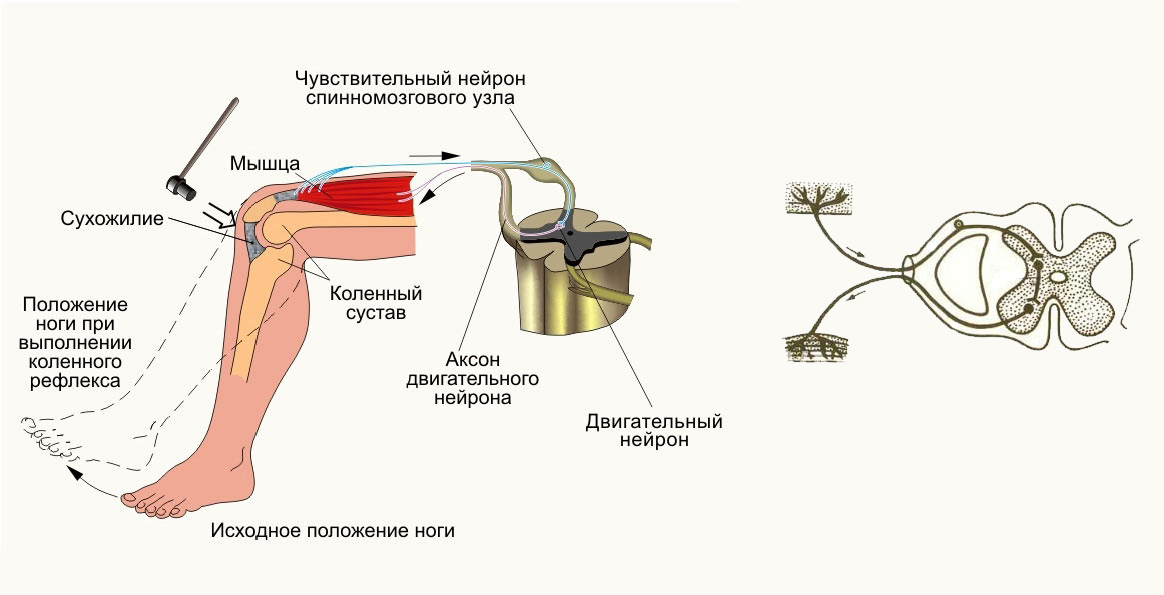
So the reflex looks like in the program:
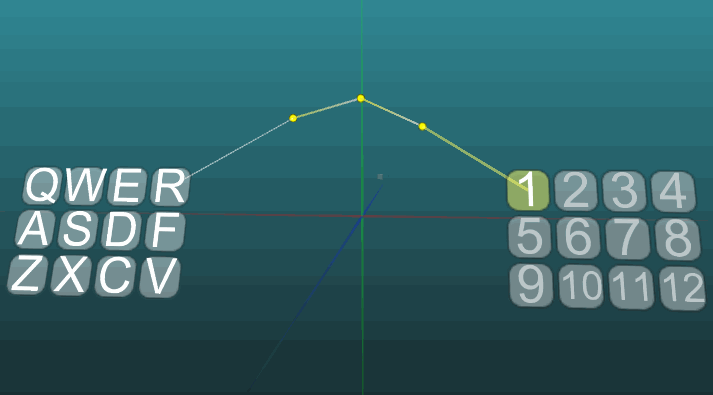
Example with braking. The neurocell associated with the “E” receptor has an inhibitory effect:

An example of competition of reflexes (according to the works of IM Sechenov). Mutual suppression of two different reflexes:

Transformation of the rhythm of arousal
Single impulses for the nervous system are rare. In most cases, the signals from the receptors represent a series of pulses, and according to the intensity of these pulses, we can speak of the degree of impact on the receptor. The more often the impulses are reproduced, the stronger the effect on the receptor, the stronger the pressure, if it is a pressure receptor, the higher the temperature, if it is a temperature receptor, etc.
And one of the observed phenomena in the nervous system is the transformation of the rhythm of arousal — a change in the frequency of nerve impulses as it passes through the nerve center.
With the help of a neuroelement it is possible to increase the frequency of nerve impulses. In the case when the level of a single impact on a neuroelement is significantly higher than its activation threshold and the neuroelement has time to work several times before the value of the adder drops to a level lower than the threshold.
The reduction in the frequency of pulsation of nerve impulses is due to an increase in the rest time of the neuroelement, as noted earlier, during the rest the neuroelement does not respond to external signals.
An example of the conversion of pulses from rare to more frequent. In this case, the level of a single impact on a neuroelement is much higher than its activation threshold and it has time to work several times before the value of the adder drops to a level lower than the threshold:

An example of reducing the frequency of pulses. Here it is carried out due to an increase in the rest time of the neuroelement, as I have already noted, during the rest the neuroelement does not respond to external signals:
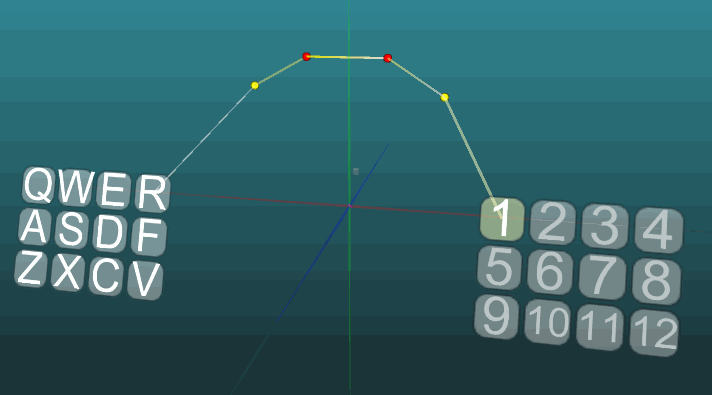
Spatial and temporal summation

The presented model of the neuroelement allows explaining how the temporal and spatial summation occurs in a biological neuron. Temporary summation is manifested in the fact that a number of subliminal impulses from the synapse thereof, if these impulses occur frequently enough, can lead to the activation of a neuron. This is due to the fact that the rate of reduction of the amount of impact may be less than the rate of replenishment of this amount.
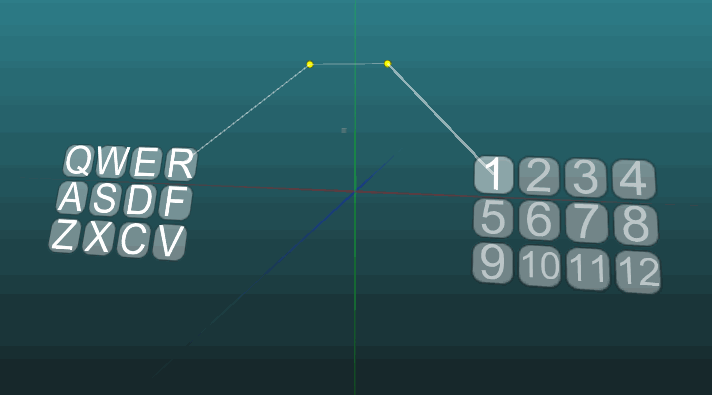
In biological neurons, there is a phenomenon that indicates that summation is not only temporary, but also spatial in nature. Even if the sum of subliminal signals exceeds the threshold, but these signals arrive at synapses located at a sufficient distance from each other, then activation may not occur.

Such a phenomenon can be modeled using several neuroelements, for example, a dendrite can correspond to each individual neuroelement.
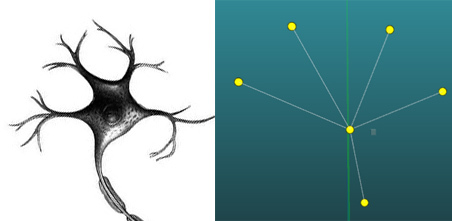
List of parts
1. Simulator of the nervous system. Part 1. Simple adder
2. Simulator of the nervous system. Part 2. Modulated Neuroelement
3. Simulator of the nervous system. Part 3. Associative Neuroelement
4. Memory, memory consolidation and grandmother's neurons
5. Modeling emotions or electronic sense of novelty
6. Amazing cerebellum
7. Structure and starting brain settings
2. Simulator of the nervous system. Part 2. Modulated Neuroelement
3. Simulator of the nervous system. Part 3. Associative Neuroelement
4. Memory, memory consolidation and grandmother's neurons
5. Modeling emotions or electronic sense of novelty
6. Amazing cerebellum
7. Structure and starting brain settings
Source: https://habr.com/ru/post/397179/
All Articles